Review: Hyundai Sonata Turbo
Review any car priced between $18,000 and $28,000 lately, and someone’s bound to comment, “I’d much rather have a $20,000 Hyundai Sonata.” This hasn’t just been talk. Sales of the 2011 Sonata have exceeded Hyundai’s most fanciful expectations, leaving the car in short supply. Now, to add fuel to the fire, you can get the Sonata with a turbo. Should you? Well, it depends.
The Sonata with a turbo looks exactly like a Sonata without a turbo, with one minor exception: the Limited 2.0T wears the SE’s 18-inch alloys in place of the 2.4’s 17s. Those who expect a more powerful car to look more powerful, or at least different, will be disappointed. Others will see a swoopy sedan that’s far more stylish than the Honda Accord and Toyota Camry. Some of the new has worn off since the Sonata’s spring debut, but it will still be a year or two before key competitors can possibly catch up. The most immediate aesthetic challenge will come from a redesigned Kia Optima, which shares the Sonata’s platform and powertrains but has even more dramatic (if also more disjointed) styling.
The Sonata’s interior is similarly unaffected by the powertrain upgrade. As such, it’s among the segment leaders in terms of styling, materials, room, and comfort. Anyone seeking performance-oriented bits like a boost gauge or aggressively bolstered buckets won’t find them.
The normally aspirated 2.4-liter engine’s 198-200 horsepower is plenty powerful for the great majority of midsize sedan buyers. But some people “need” more grunt, and a number of others—perhaps a quarter of the total—will pay for more even if they’ll rarely if ever actually use it. Honda, Toyota, Nissan, Ford, Chevrolet, and Mazda offer such buyers a 3.5-or-so-liter V6. Hyundai has taken a different route by offering a turbocharged 2.0-liter four instead.
Fortified with direct injection and a twin scroll turbocharger cast integral with the exhaust manifold, the Hyundai engine manages a few more horsepower than any of the sixes (for a total of 274) and ties the stoutest (Mazda’s 3.7) for peak torque (269 pound-feet). Typical of a turbo, the torque peak arrives early, at 1,750 rpm. Curb weight, 3,338 pounds for the SE 2.0T and 3,452 pounds for the Limited 2.0T, is among the lowest in the group, so the specs promise thrillingly strong performance.
Well, the turbocharged engine delivers strong acceleration, but without much in the way of thrills. The turbo 2.0 is a little louder than the normally aspirated 2.4, but is otherwise refined and revs with the same general lack of drama. The additional noise is mostly mechanical. There’s none of the exhaust roar / drone present in Hyundai’s previous-generation 2.0-liter turbo, still offered in the Genesis Coupe. The main aural shortcoming: even a very good four never sounds nearly as sweet as a decent six. At low rpm there’s little lag. At higher rpm there’s none. As with many boosted engines that employ the latest technology, the power curve is exceedingly linear. There’s no strong shove at low rpm (despite what the torque peak might suggest), no sudden surge of power in the midrange, no zing in the final rush for the redline. Also very little torque steer.
The mandatory manually-shiftable six-speed automatic transmission behaves well enough. The Limited 2.0T gains the SE’s shift paddles. These permit a little more involvement, but are no substitute for the manual transmission not offered.
The biggest upside surprise with the 2.0T: fuel economy. The EPA rates the 2.0T for 22 city / 33 highway, compared to the 2.4’s 22/35. In the real world, I observed as low as 11 in full hoon mode. But in casual driving the trip computer’s numbers easily exceeded the EPA’s, with the average even touching 40 MPG during one stretch of semi-rural byway.
Handling is also much the same. The Sonata’s steering is considerably firmer than a Camry XLE’s, but still isn’t especially sporting. The chassis feels composed and balanced in casual driving but, typical of a mainstream-oriented front-wheel-drive midsizer, understeers when pressed. The 18s lifted from the SE sharpen the Limited’s steering a bit, but also add some thumpiness to the ride and some tire noise on concrete. As with the 2.4, the top trim level is the way to go, though its additional features (leather upholstery, sunroof, 360-watt audio system, automatic climate control, and so forth) do inflate the base price. The SE’s firmer suspension unsettles the car’s ride more than it improves the car’s handling.
The $1,750 price bump for the turbo, which includes the shift paddles and larger wheels and takes the Limited to $27,765, suggests a healthy bang for the buck.
But with the Sonata’s character hardly affected, much less transformed, by the addition of boost, those who think Evo and STI (or at least 2005-2009 Legacy GT) when they hear “274-horsepower turbocharged four” are bound to be disappointed. The Sonata 2.0T simply wasn’t developed with enthusiasts in mind, likely because there just aren’t that many of them. It was developed to compete head on with the V6-powered Camcord crowd. And that’s what it does. Expect the Sonata 2.0T to be in short supply for the same reasons the 2.4 has been. It delivers what the mainstream buyer wants, just a little more quickly.
Hyundai provided this vehicle at a ride-and-drive event.
Michael Karesh owns and operates TrueDelta, an online source of automotive reliability and pricing data.
Michael Karesh lives in West Bloomfield, Michigan, with his wife and three children. In 2003 he received a Ph.D. from the University of Chicago. While in Chicago he worked at the National Opinion Research Center, a leader in the field of survey research. For his doctoral thesis, he spent a year-and-a-half inside an automaker studying how and how well it understood consumers when developing new products. While pursuing the degree he taught consumer behavior and product development at Oakland University. Since 1999, he has contributed auto reviews to Epinions, where he is currently one of two people in charge of the autos section. Since earning the degree he has continued to care for his children (school, gymnastics, tae-kwan-do...) and write reviews for Epinions and, more recently, The Truth About Cars while developing TrueDelta, a vehicle reliability and price comparison site.
More by Michael Karesh
Latest Car Reviews
Read moreLatest Product Reviews
Read moreRecent Comments
- Jeff One less option will be available for an affordable midsize sedan. Not much can be done about GM discontinuing the Malibu. GM, Ford, and Stellantis have been discontinuing cars for the most part to focus on pickups, crossovers, and suvs. Many buyers that don't want trucks or truck like vehicles have moved onto Japanese and South Korean brands. Meanwhile large pickups and suvs continue to pile up on dealer lots with some dealers still adding market adjustments to the stickers. Even Toyota dealers have growing inventories of Tundras and Tacomas.
- Lorenzo This car would have sold better if there was a kit to put fiberglass toast slices on the roof.
- Lorenzo The Malibu is close to what the 1955 Bel Air was, but 6 inches shorter in height, and 3 inches shorter in wheelbase, the former making it much more difficult to get into or out of. Grandma has to sit in front (groan) and she'll still have trouble getting in and out.The '55s had long options lists, but didn't include a 91 cubic inch four with a turbo, or a continuously variable transmission. Metal and decent fabric were replaced by cheap plastic too. The 1955 price was $1765 base, or $20,600 adjusted for inflation, but could be optioned up to $3,000 +/-, or $36,000, so in the same ballpark.The fuel economy, handling, and reliability are improved, but that's about it. Other than the fact that it means one fewer sedan available, there's no reason to be sorry it's being discontinued. Put the 1955 body on it and it'll sell like hotcakes, though.
- Calrson Fan We are already seeing multiple manufacturers steering away from EVs to Hybrids & PHEVs. Suspect the market will follow. Battery tech isn't anywhere close to where it needs to be for EV's to replace ICE's. Neither is the electrical grid or charging infrastructure. PHEV's still have the drawback that if you can't charge at home your not a potential customer. I've heard stories of people with Volts that never charge them but that's a unique kind of stupidity. If you can't or don't want to charge your PHEV then just get a hybrid.
- AZFelix The last time I missed the Malibu was when one swerved into my lane and I had to brake hard to avoid a collision. 1 out of 5⭐️. Do not recommend.



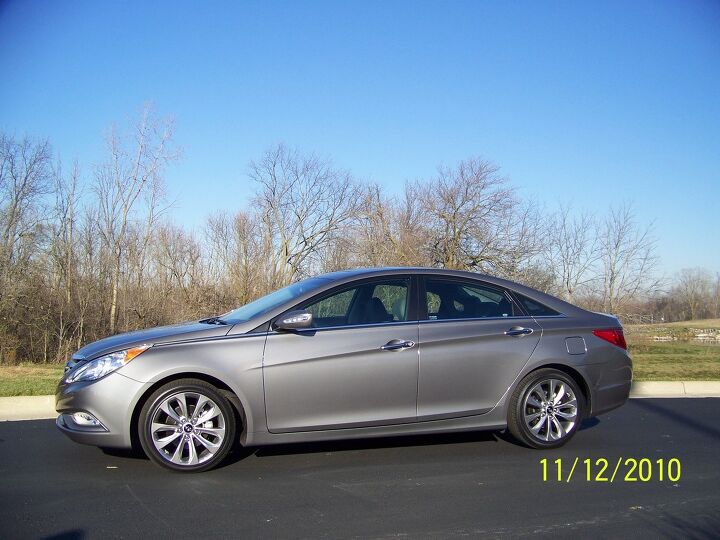




















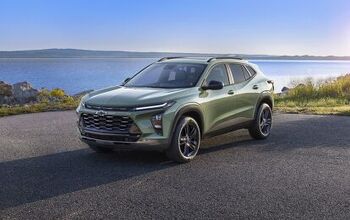


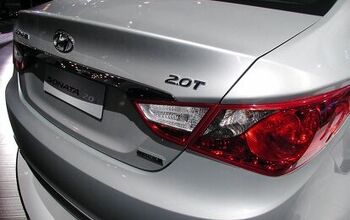
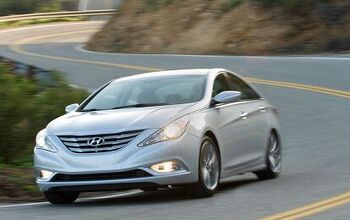
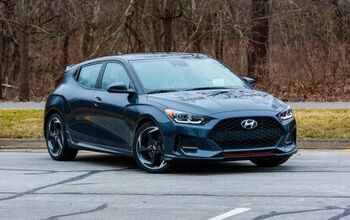
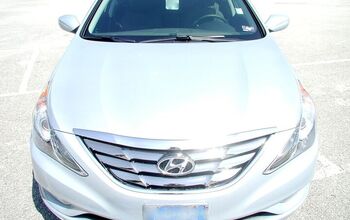
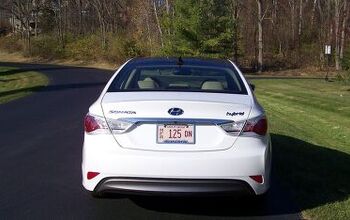


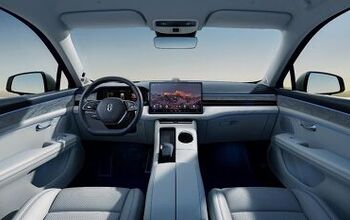
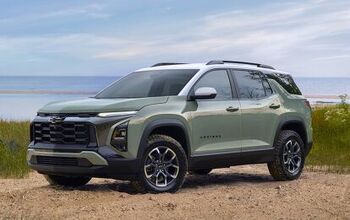
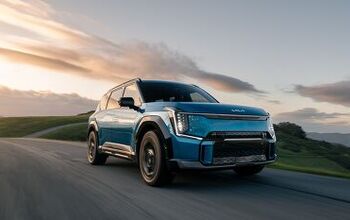
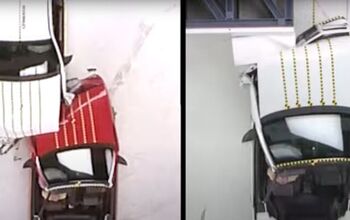

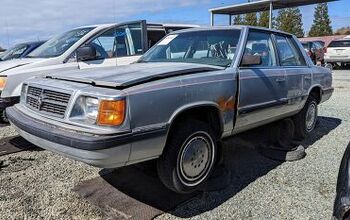
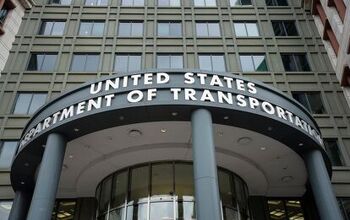
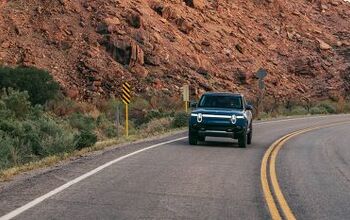
Comments
Join the conversation
Isn't there a recall on Sonata-- the EPS steering had some issue. I don't care to drive a car without good steering, this EPS ain't gonna cut it.
I have a 2013 hyundai sonata limited 4.0 that needs a transmission could i put a transmission from a 2013 hyundai turbo 2.0 in it